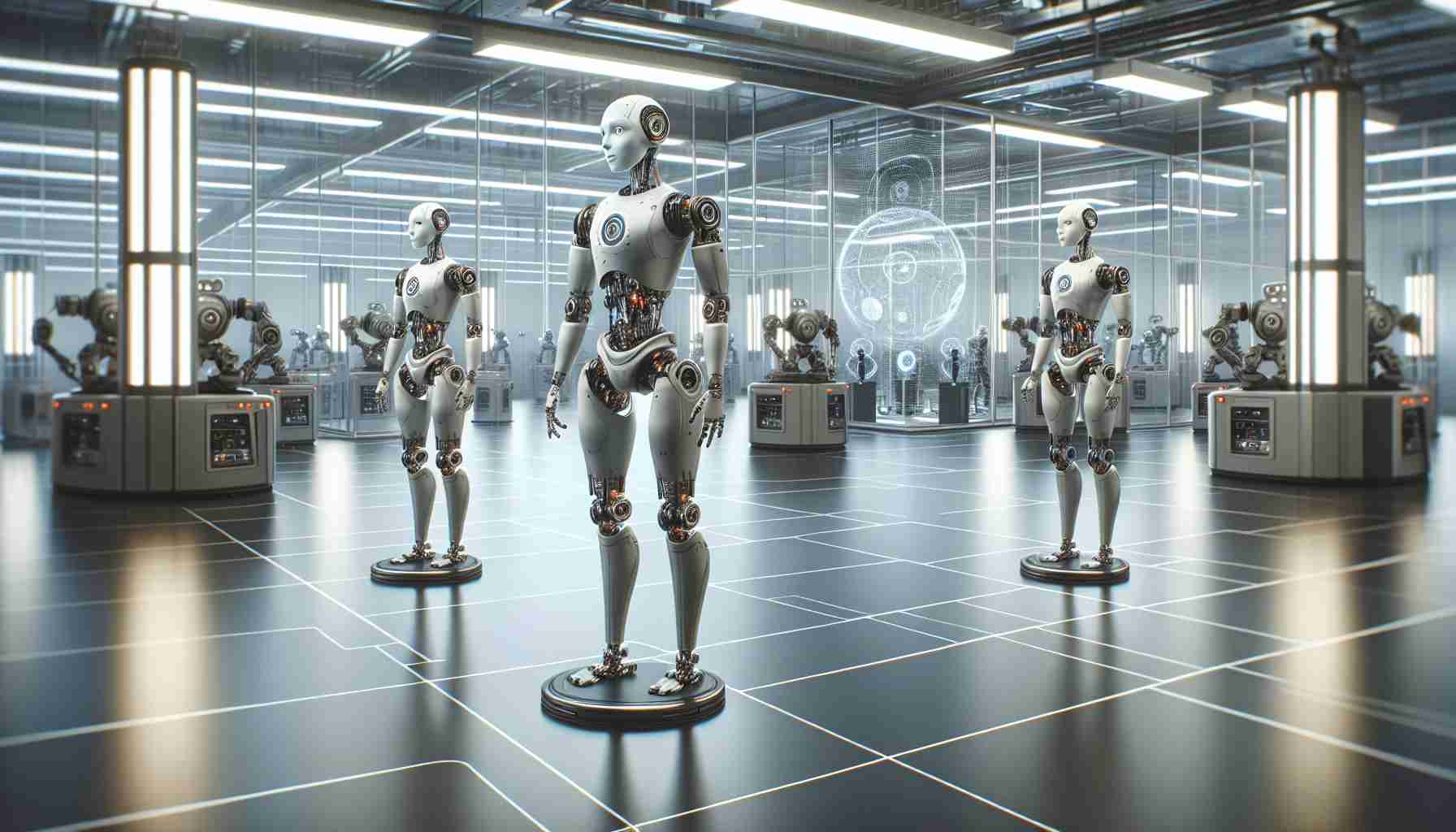Samsung Electronics has positioned itself strategically for advancements in robotics by undergoing a key organizational change. Rather than maintaining a specialized Robot Business Team, Samsung has restructured, dispersing its members to further integrate with their original departments or into a newly formed task force under the guidance of Jeon Kyung-hoon, Samsung Research’s CTO.
This transition follows the successful development and market readiness of Samsung’s wearable robot, Bot Fit, signaling a pivot towards strengthening the company’s robotic technological prowess. Samsung’s decision reflects a concerted effort to foster collaboration and innovation within its robotics divisions, as the company looks to build upon its recent successes in the sector.
Samsung officials state that this internal reorganization is primarily focused on leveraging R&D personnel to maximize synergies within the robotics teams at Samsung Research. Bot Fit, launched earlier for business applications such as assisting mobility in eldercare environments, set the pace for Samsung’s robotics ambitions.
The dissolution of the Robot Business Team comes at a surprising time as Samsung prepares to ramp up Bot Fit sales. However, this reflects Samsung’s long-term strategy, which includes substantial investments in other robotics ventures. Particularly noteworthy is Samsung’s significant stake in Rainbow Robotics, with whom the company’s future involvement could possibly grow, stirring anticipation about a potential buy-out.
Even with these structural changes, the overarching vision for Samsung’s robotic endeavors remains grand. The firm is geared towards the creation of humanoid robots as outlined at CES2024 by Vice Chairman Han, with goals to penetrate various sectors including manufacturing, retail, and personal assistance, and to ultimately develop intelligent robots capable of seamlessly integrating into human life.
Key Questions and Answers:
Q: What prompted Samsung Electronics’ reorganization in its robotics division?
A: Samsung Electronics underwent the reorganization to integrate robotics talent better with existing departments and foster collaboration and innovation. This change follows the market readiness of their wearable robot, Bot Fit, and is part of a broader strategy to invigorate the company’s robotic technology development.
Q: Who is leading the new task force created by Samsung?
A: The newly formed task force is under the guidance of Jeon Kyung-hoon, the CTO of Samsung Research.
Q: What are the long-term goals for Samsung’s robotics endeavors?
A: Samsung aims to create humanoid robots for various sectors, including manufacturing, retail, and personal assistance. The goal is to develop intelligent robots that can seamlessly integrate into human life.
Key Challenges and Controversies:
Challenges:
– Developing humanoid robots that can safely and effectively interact with humans in everyday environments poses significant technical and ethical challenges.
– Ensuring data privacy and security in robotics becomes more crucial as robots integrate into personal and professional spaces.
– Adapting to labor market implications, such as potential job displacement due to automation, requires careful consideration and possibly retraining programs.
Controversies:
– Robotics in the workplace may lead to debates over the dehumanization of services and potential job losses.
– The use of AI in humanoid robots stirs ethical concerns about the decision-making capabilities and autonomy of machines in human environments.
Advantages and Disadvantages:
Advantages:
– Humanoid robots can offer assistance in labor-intensive industries, alleviating the physical strain on the human workforce.
– Robots like Bot Fit have the potential to improve the quality of life for the elderly and those with physical disabilities.
– Automation and robotics can lead to cost savings and increased efficiency in various sectors.
Disadvantages:
– The high cost of developing and deploying humanoid robots may limit their accessibility and widespread use, especially in the short to medium term.
– There is a risk of dependency on technology, which can be problematic if systems fail or experience technical issues.
– Social and employment impacts, such as workforce displacement and the skills gap, are issues that need to be addressed in parallel with robotic integrations.
Related Links:
For information on Samsung’s recent technological pursuits and innovations, the main domain of the company’s official newsroom can be referenced: Samsung Newsroom.
For insights into Samsung Research’s visions and projects, which likely include their work on robotics, find more information at the main domain of Samsung Research: Samsung Research.
Please note that specific articles or subpages regarding Samsung’s strategic reorganization in robotics would not be displayed here as only the main domain links are provided.
